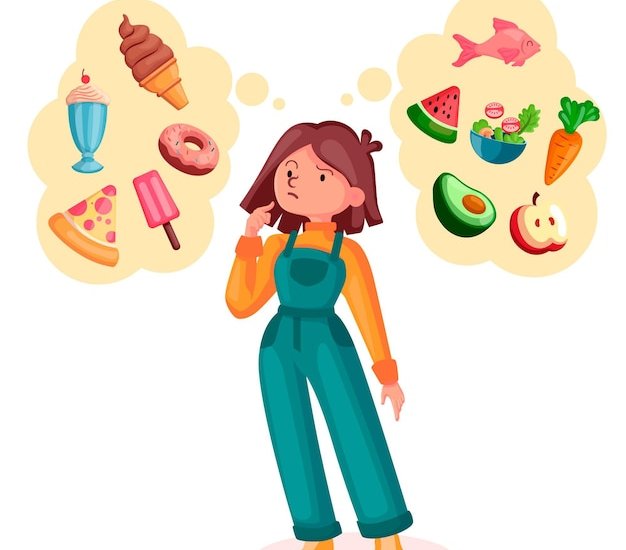Bone Facts – Discovering the Wonders of the Skeletal System
The human body contains 206 bones.
Bones are the framework that supports our bodies.
Without bones, our bodies would be like jelly.
Bones are incredibly strong and can support a lot of weight.
The thigh bone is the longest bone in the human body.
The smallest bone in the human body is the stirrup bone located in the ear.
Bones are made up of living tissue and blood vessels.
Bone marrow is responsible for producing new blood cells.
Bones can heal themselves when they break, a process called bone regeneration.
Bones are constantly changing and remodeling throughout our lives.
Regular exercise helps to strengthen bones.
Bones help to protect delicate organs in the body, such as the brain and heart.
The collarbone is the most commonly broken bone in adults.
Bones provide attachment points for muscles, allowing us to move.
Bones store important minerals like calcium and phosphorus.
Some bones, like the rib cage, provide protection for vital organs.
Bones in the fingers and toes are called phalanges.
The spine is made up of 33 individual bones called vertebrae.
The human skull is made up of 22 separate bones.
The femur bone is the largest and strongest bone in the human body.
Bones have the ability to repair themselves over time.
Bones contain nerves and blood vessels, making them living tissues.
Bones can become weak and brittle due to conditions like osteoporosis.
Bone Facts – Discovering the Wonders of the Skeletal System part 2
The human skeleton is divided into two main parts: the axial skeleton and the appendicular skeleton.
Cartilage serves as a cushion between bones in joints.
The growth plates in bones allow for growth during childhood.
Bones have various shapes and sizes to fulfill different functions in the body.
Bone density decreases as we age, increasing the risk of fractures.
The outer layer of bones is called compact bone, while the inner layer is called cancellous bone.
Bones are one of the few parts of the body that can last for hundreds of years after death.
Animals with exoskeletons, such as insects, have their skeleton on the outside of their body.
The bones in your wrist are called carpals.
Bones may feel hard, but they are actually flexible to some extent.
The bones in your face are constantly undergoing remodeling to accommodate growth and changes in the face shape.
The bones in your hands and feet make up about half of the bones in your body.
Some animals, like birds, have hollow bones to help with flight.
The bones in your ribs expand and contract to allow for breathing.
Certain bone disorders, like osteogenesis imperfecta, can cause bones to break easily.
Bones contain a rich supply of red blood cells and platelets.
The human body has the ability to produce more bone cells as needed.
Bones help to maintain the body’s pH balance by absorbing and releasing minerals.
Athletes are more prone to stress fractures, which occur from repetitive stress on a bone.
Bones can serve as a source of evidence in forensic investigations.
Over half of a bone’s weight is made up of minerals like calcium and phosphate.
The human skeleton is a work of art, with each bone playing a vital role in supporting and protecting the body.

